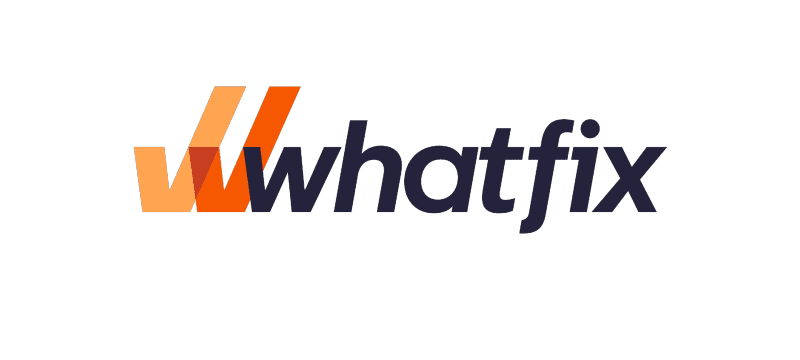Effective training for a hybrid workforce: A shift in the learning paradigm
L&D professionals still struggle with learner disengagement as they build strategies for remote and hybrid workforces.
Technology plays a critical role in supporting employee learning journeys and empowering a resilient workforce.
Discover how a Digital Adoption Platform can help your employees learn as they work.

Remote work has rendered traditional employee training methods ineffective. HR and L&D leaders have been forced to react quickly in light of overnight lockdowns and uncertainty for the future. They have had to innovate and develop short-term solutions to deliver employee training with the help of technology.
A hybrid workforce is increasingly looking like the new normal. Now, learning leaders play a critical role in reshaping employee training and development in their organizations.
Enterprise L&D is expected to close the skills gap that has emerged over the past few years, thanks to the rapid surge of enterprise applications. Another key challenge is empowering the workforce with the right tools and resources to build resilience and adapt to future change.
We were excited to partner with Whatfix for this on-demand webinar, in which we discuss how HR and L&D leaders can manage the acceleration of technology adoption in the workplace and help their employees succeed and thrive. Led by Shubham Bagdia, Enterprise Manager at Whatfix, a US-based in-app guidance and performance support solution, and Jon Kennard, Editorial Content Manager at UNLEASH, this session dives into this crucial topic.
Key insights:
- Learn how our community has adapted to their changing workplace realities, and what solutions they’ve adopted to meet this change.
- Consider the role of technology when it comes to supporting employees through their L&D journeys at work.
- Determine the best approach for your organization to take when adopting technology and making the most of your HR investments.
- Understand some of the business benefits that can come out of deploying the right tools and resources that employees can use seamlessly and efficiently – and how to begin building your business case for a (Digital Adoption Platform) DAP.
Effective adoption is no longer optional
If the employees these applications are meant for don’t know how to use them, you won’t get any ROI. Solving this is not a ‘nice to have’ but a ‘must have.’
Shubham Bagdia, Enterprise Manager, Whatfix
The shift towards increasingly remote or hybrid approaches has accelerated the need for more advanced and intuitive applications, but technology has been at the core of business functionality for years. According to Shubham, as of today, the overall application spend for enterprise organizations is around $500 billion annually, and most large companies use nearly 1,000 applications for their day-to-day operations.
But despite the proliferation of software across business functions, adoption remains a significant problem. Due to ineffective rollouts and low user understanding, endless new applications and apparent “digital transformation” thrusts do not necessarily mean that technologies are truly benefiting companies. More applications represent more complexity. Employees often end up looking for ways to get through the day rather than developing a deep understanding of the technology at hand, especially as their toolkits become broader and more dispersed. This is no longer a feasible approach to digital adoption: you must find ways for your employees to learn as they work.
Disengagement remains a major problem for L&D professionals
70% of digital transformation projects fail because of employee resistance, and that’s plainly because they don’t know how to use the new technology.
Shubham Bagdia, Enterprise Manager, Whatfix
Most L&D professionals have likely seen the oft-cited 70-20-10 model for modern learning:
- 70% learning by doing, or “experiential learning”
- 20% peer interaction
- 10% formal education
Traditional “classroom” leaves room for low learner retention, and more interactive learning approaches have become commonplace. But despite this understanding, many L&D professionals have yet to find the perfect formula for the new world of work. According to a poll taken during this webinar, 55% of L&D professionals still find remote training delivery “challenging” due to disengaged learners. The last two years have brought new dimensions to the training world, and rightly so. Now that workforces tend to be spread globally, and companies must increasingly adapt to remote and hybrid models, it is essential to tackle learning requirements and engage their workers contextually and constantly.
A good DAP will improve productivity and ROI in one stroke
We’re moving from a pure play learning paradigm to a performance or outcome paradigm. As a user, I’m interested in getting the job done and getting the help that I need there and then.
Shubham Bagdia, Enterprise Manager, Whatfix
Evidence shows an apparent decrease in user productivity over time with traditional adoption and learning approaches. With the right DAP (Digital Adoption Platform), however, you can reverse that trend. Whatfix users, for example, have seen average performance improvements overall, including:
- 50-85% reduced training costs
- 45-60% reduced support overhead
- 25-37% increased productivity
An overlaid solution provides timely and contextual training that reduces upfront time investment and improves engagement in the long run. Simultaneously, it will free up your support teams to focus on the truly challenging questions. By engaging an effective DAP, you can improve the adoption of specific technologies and increase overall technology competence throughout the organization.
Want to learn more? Watch our on-demand webinar, or check out Whatfix today.
